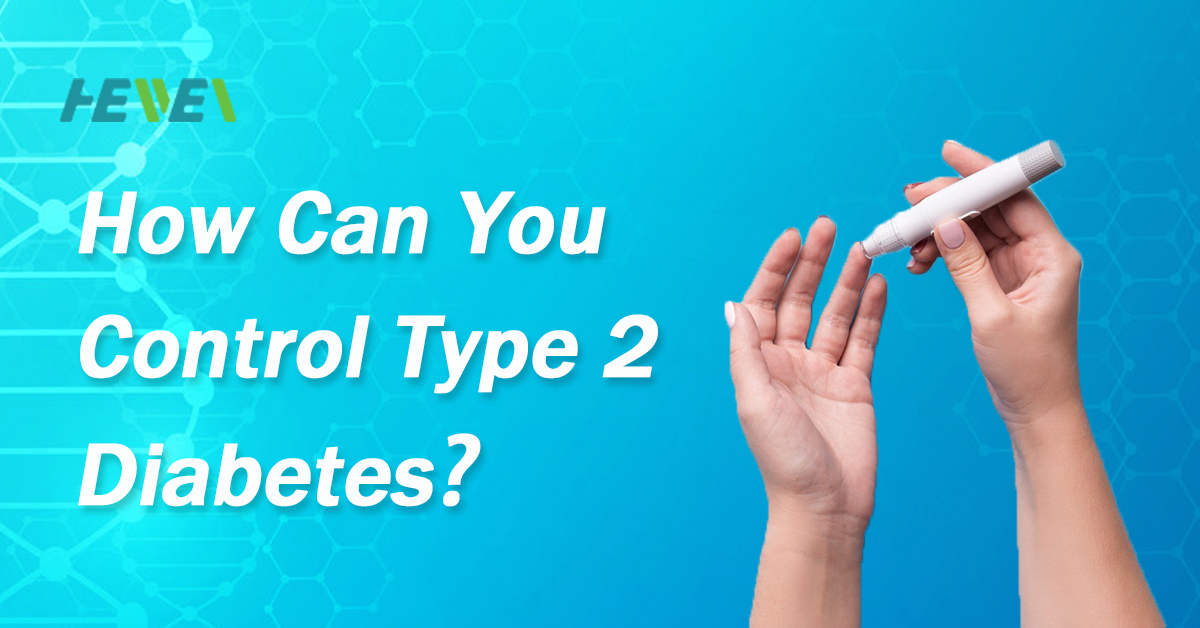Disclaimer: We make no medical claims for our devices. Our devices do not prevent, treat or cure any diseases or conditions. Please seek the advice of a trained medical professional before using our devices.
Diabetes is a chronic condition when your body fails to regulate the glucose level of your blood. It often results in high blood sugar because your body can no longer use or store glucose effectively. With careful management, diabetes may not pose any threat. If left untreated, however, high blood sugar can cause serious complications, sometimes even fatal.
Symptoms of Diabetes
The typical symptoms of diabetes are “three increases and one decrease.” Patients often eat, drink, and urinate more than before, yet their weights decrease. It may take years for the symptoms to show up. You can even live with type 2 diabetes for years without knowing it.
Common diabetic symptoms include:
- Increased hunger
- Increased thirst
- Frequent urination
- Weight loss
- Fatigue
- Blurred vision
- Slow-healing sores
- Frequent infections
- Peripheral neuropathy
- Numbness or tingling in the hands or feet
- Itchy skin
In some rare cases, the patient may develop hyperosmolar hyperglycemia syndrome, decreased level of consciousness, and hypotension.
Causes of Type 2 Diabetes
Type 2 diabetes is directly related to two problems. One is insulin resistance, and the other is reduced insulin production. However, insulin resistance is when cells do not interact with insulin normally. As a result, they cannot take in enough sugar. And if the pancreas is unable to produce enough insulin, the body cannot manage blood sugar levels.
Normally, sugar in the bloodstream triggers the pancreas to secrete insulin. Insulin circulates in the bloodstream and enables sugar to enter your cells. Then the blood sugar level drops, and the pancreas releases less insulin accordingly.
Doctors believe that heredity and lifestyle both play a role in diabetes. If you are obese, have a family history of diabetes, lack exercise, often eat unhealthy foods, or are under great pressure, you are likely to develop diabetes.
Common Treatment for Type 2 Diabetes
The most important thing in managing type 2 diabetes is a healthy lifestyle. A balanced and nutritious diet, regular exercise, weight loss, and blood sugar monitoring are the most effective ways of dealing with diabetes. Insulin injection is only for severe cases. If you can manage your blood sugar within a safe level, you do not need insulin injections.
A healthy diet includes a regular eating schedule, smaller portions, fewer carbohydrates, enough proteins, and more fiber. You could ask a dietitian for advice. Resistance training and aerobics are good options for diabetic patients, but you may want to find a trainer to teach you the right way to do them. Also, they may help you design a weight loss program if necessary. Lastly, you can buy a blood glucose meter to monitor your blood sugar at home. As long as your blood sugar level remains safe most of the time, you may not need to visit a doctor.
MicroGen for Diabetes
HeaWea MicroGen has many programs for diabetes. You can type “diabetes” or “diabetic” in the search box to find relevant programs. For example, it has regular diabetes programs “Diabetes” or “Diabetes Mellitus Type 2.” You can place your TENS pads on your upper abdomen, under the ribs, to improve pancreatic functioning.
Some diabetic patients also have complications. For instance, if you have eye problems, the program also provides programs such as “Diabetic Eye Disease” and “Diabetic Retinopathy,” and you can stick the TENS pads on your shoulder if you use high-power mode. For those diabetic patients who suffer from nerve damage, “Diabetic Neuropathies” programs are also available. You need to place the pads along the affected nerve. With MicroGen, you can always find suitable programs for your conditions.
Diabetes is a chronic condition that may last for life but may become only a nuisance under good care. Hopefully, you will manage your diabetes with MicroGen and still be able to enjoy your life.



